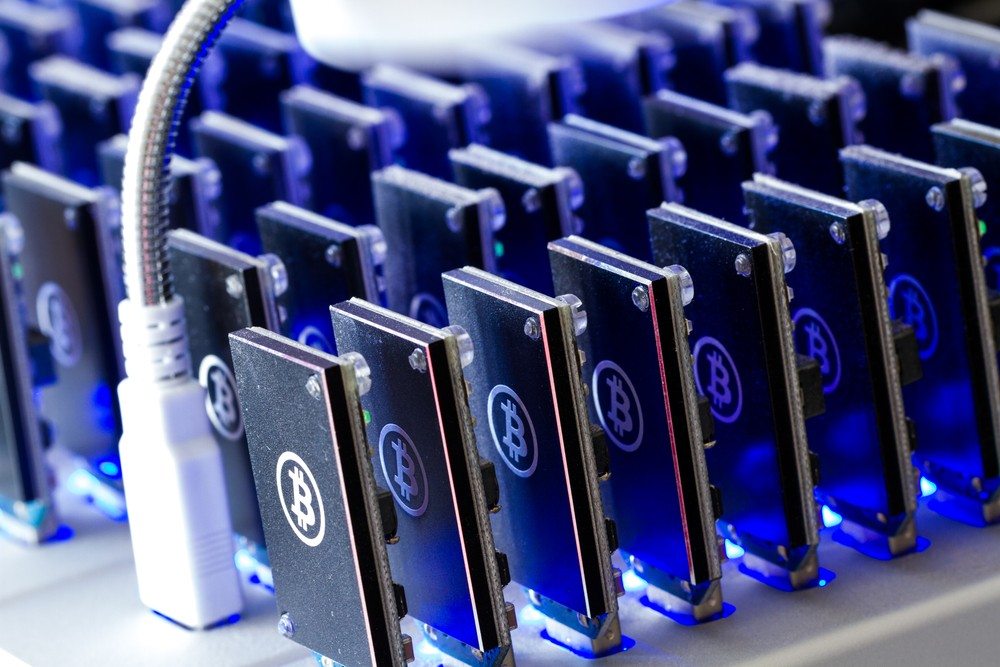Please note: At this stage, bitcoin mining can only make sense using dedicated ASIC hardware. Trying to do this on your computer or desktop GPU will probably just damage your hardware or shorten it’s lifetime, and run you up a large electricity bill. However, a number of cryptocurrencies still support CPU and GPU mining, although with risks on non-dedicated hardware.
If you are new to bitcoin mining, the terminology about how you can get paid can be a little confusing. In this article, we explain what the Pay Per Last N Shares (PPLNS) reward system is, and how you can calculate your earnings.
Pay Per Last N Shares refers to a reward system used by some bitcoin mining pools. Here, you are paid for your last “n” shares, which can vary between different pools, and many include a shifts system which are either time based, or based on a number of shares submitted by all people mining on the pools. Bitcoin miners do a much speeded up version of the sha256 algorithm outlined here.
Depending on the number of shares at a given difficulty you submit during a shift, you will be assigned a share of that shift. If you maintain your mining, this will remain fairly consistent, only really going up or down as new people join the pool. Unlike the Pay Per Share method, which guarantees a fixed value for your shares, the PPLNS method is gives you a proportional reward based on blocks that the pool finds. It is open to varience and luck, as the pool may either have relatively steady amounts of blocks found, or either get them in batches or not at all for a period of time.
As your earnings are directly proportional to the blocks found during the shifts you have mined in, this can mean either no earnings (if the pool is unlucky), more frequent and larger earnings than a PPS equivalent. Also, depending on your amount of mining power, you can get vastly different payouts by mining on different pools. Someone with 1 terrahash might be a drop in the ocean on a larger pool such as gHash.io, meaning that you get a relatively small amount of earnings, compared to mining on one of the smaller pools such as BTC Guild, where the same amount of hashing power is a larger percentage of a smaller overall pool hashing rate. So you have a chance of higher earnings, but also a chance of lower earnings, compared to the relatively predictable PPS method.
I’ve outlined some stats below to let you see how it works using an of a person who held 0.01% of a pool’s total hashing, and assuming that the shifts cover a 24 hour period. I’m not including pool fees, or miner transaction fees in the calculation.
| Day | Proportion of Pool | Block Value | Transaction Fees | Number of Blocks Found | Earnings (%/25 BTC) | Cumulative | € / 1 Bitcoin | Mining Earnings |
| 1 | 0.01% | 25 | 0.000000 | 1 | 0.002500 | € 260.00 | € – | |
| 2 | 0.01% | 25 | 0.000000 | 0 | 0.000000 | 0.002500 | € 260.00 | € 0.65 |
| 3 | 0.01% | 25 | 0.000000 | 3 | 0.007500 | 0.007500 | € 260.00 | € 1.95 |
| 4 | 0.01% | 25 | 0.000000 | 2 | 0.005000 | 0.012500 | € 260.00 | € 3.25 |
Once you have some stats, you can then use the handy bitcoin calculator to work out whether you are earning more or less versus a PPS pool with the particular pool.
So PPLNS is a riskier method of reward, with potentially lower or higher earnings for your mining. Also, a lot of PPLNS pools are being marginalised, and if the have a high payout threshold, it may take some time to be able to cash out. We’ve reviewed several mining pools so far with gHash.io and BTC Guild using this payout method. Each PPLNS pool has it’s own flavour that is determined by the owner, and it is recommended that you check a few, or do what we did and make your hardware run on several pools concurrently to give you an idea of which is the best bet for you.


